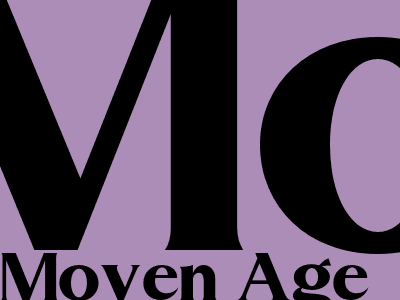The Middle Ages: A Comprehensive Overview
A Historical Epoch of Transformation
The Middle Ages, also known as the Medieval Period, marked a transformative era in human history, spanning approximately from the 5th to the 15th century. It was a time of significant social, political, economic, and cultural changes that shaped the Western world's foundations.
Key Characteristics of the Middle Ages
1. Feudalism: A social and political system characterized by a hierarchy of lords, knights, and peasants, with land ownership as the basis for power.
2. Christianity: The dominant religion of the period, which played a pivotal role in shaping society, culture, and politics.
3. The Crusades: A series of religious wars between Christians and Muslims, which had a profound impact on trade, politics, and cultural exchange.
4. The Rise of Universities: The establishment of institutions of higher learning, fostering scholarship, science, and the preservation of knowledge.
5. The Black Death: A devastating plague that swept through Europe in the 14th century, killing an estimated 30-60% of the population.
Social Structure in the Medieval Period
- Society was organized into a strict social hierarchy, with kings and nobles at the top, followed by knights, clergy, merchants, artisans, and peasants.
- Peasants formed the majority of the population, bound to the land and providing labor for the upper classes.
- The Church held significant social, economic, and political power as the dominant institution guiding morality and education.
Political Landscape
- Europe was divided into a patchwork of feudal kingdoms, with kings and lords exercising authority through a system of vassals and fiefs.
- The Holy Roman Empire, ruled by emperors claiming to be the successors of the Roman Empire, played a prominent role in European politics.
- The rise of nation-states marked the transition from the feudal system to more centralized forms of government.
Economic Development
- Agriculture was the primary economic activity, and the feudal system provided the framework for land ownership and labor relations.
- Trade and commerce flourished, facilitated by the growth of towns and cities and the establishment of trade routes.
- The development of new technologies, such as the windmill and the compass, aided economic progress.
Cultural Achievements
- The Middle Ages witnessed remarkable artistic achievements, including the construction of magnificent cathedrals and the creation of illuminated manuscripts.
- Literature flourished, with the emergence of epic poems, chivalric romances, and religious writings.
- Scholars preserved and expanded the knowledge of the classical world through research and translation.
Legacy of the Middle Ages
The Middle Ages laid the foundations for many modern institutions and values. Its legacy is evident in:
- The development of nation-states and representative government.
- The establishment of universities and the advancement of scholarship.
- The profound influence of Christianity on Western culture and society.
Conclusion
The Middle Ages was a complex and dynamic period that witnessed significant transformations in all aspects of human society. From the rise of feudalism to the emergence of nation-states, from the dominance of Christianity to the devastating impact of the Black Death, the Middle Ages shaped the course of Western history and left an enduring legacy that continues to influence our world today.

Moyen Age

Komentar